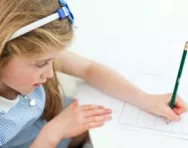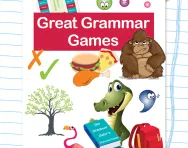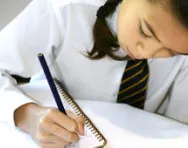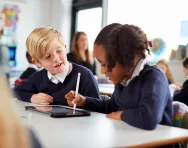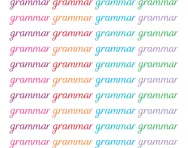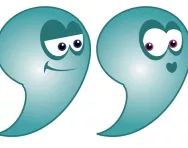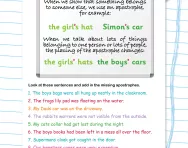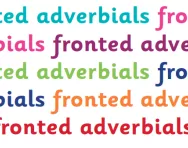TheSchoolRun.com closure date
As we informed you a few months ago, TheSchoolRun has had to make the difficult decision to close due to financial pressures and the company has now ceased trading. We had hoped to keep our content available through a partnership with another educational provider, but this provider has since withdrawn from the agreement.
As a result, we now have to permanently close TheSchoolRun.com. However, to give subscribers time to download any content they’d like to keep, we will keep the website open until 31st July 2025. After this date, the site will be taken down and there will be no further access to any resources. We strongly encourage you to download and save any resources you think you may want to use in the future.
In particular, we suggest downloading:
- Learning packs
- All the worksheets from the 11+ programme, if you are following this with your child
- Complete Learning Journey programmes (the packs below include all 40 worksheets for each programme)
You should already have received 16 primary school eBooks (worth £108.84) to download and keep. If you haven’t received these, please contact us at [email protected] before 31st July 2025, and we will send them to you.
We are very sorry that there is no way to continue offering access to resources and sincerely apologise for the inconvenience caused.
13 ways to make grammar fun for children
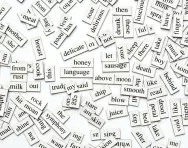
When the government introduced the Year 6 Grammar, punctuation and spelling (SPAG) test in summer 2013, it showed a commitment to a more formal approach to grammar in primary schools.
The previous national curriculum was somewhat vague about how grammar should be taught; for example, in Key Stage 1, it simply stated that ‘pupils should be taught some of the grammatical features of written standard English’. The current curriculum (adopted in 2014), however, sets out exactly which grammatical concepts should be taught in each school year, from capital letters and full stops in Year 1 right through to using passive tenses, independent clauses, colons and semi-colons in Year 6.
So how can you help your child to get to grips with grammar, and actually enjoy it?
Making grammar fun for primary-school children
1. Use actions
‘Children often learn best with a multi-sensory approach, so we teach a different action for each part of speech,’ says Sara Wernham, teacher and co-founder of the Jolly Grammar scheme. For example, children touch their forehead with all five fingers for a common noun (such as ‘chair’ or ‘car’), and pump their arms backwards and forwards as if jogging for a verb (such as ‘walk’ or ‘listen’) – you’ll find the full list of actions on page 11 of the free online Jolly Grammar Guide.
‘Play games where you call out a word and get your child to do the correct action; it can get very silly, but it makes him think about what words are doing,’ Sara suggests.
Or why not learn a few grammar songs or raps to sing with your child? Primary school teacher turned rapper MC Grammar offers grammar raps and lessons on his website and the MC Grammar YouTube channel.
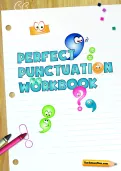
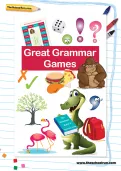
Boost your child's grammar skills
- Perfect Punctuation Workbook
- Grammar Games Pack
- PLUS 100s of other grammar resources
2. Get your sentences in order
For younger children, write the words of a simple sentence – such as, ‘A duck swims on the pond.’ – on individual slips of paper, and get them to put the words in the correct order, with a capital letter at the beginning and a full stop at the end.
3. Keep it simple
‘Grammatical terms can be confusing, so it helps to simplify the terminology,’ says literacy consultant John Bald, who provides free advice to parents. ‘I refer to articles (a, an, the) as “companion words” – because all words need a little friend – and group adjectives and adverbs together as they both “add” something to a noun. Another thing to highlight is that not all verbs are “doing words” – it is confusing to say that they are, as the verbs to be and to have, the most common, don’t "do" anything! My way of explaining this is to think of things that obviously don’t do anything – for example, the dog is dead, my shirt has a hole in it – and to practise picking verbs out. It causes a lot of confusion later if children think all verbs have to do things.'
4. Read what’s around you
‘Grammar is all about pattern, and patterns are everywhere in the world, so use them as a starting point to talk about grammar,’ suggests education consultant Geoff Dean. ‘For example, the names of hairdressers’ shops and the slogans on the sides of lorries can teach children a lot about language and meaning.’
5. Be colourful
Montessori teachers – and the Jolly Grammar scheme – both allocate a colour to each specific part of speech:
- Nouns: black
- Pronouns: pink
- Adjectives: blue
- Verbs: red
- Adverbs: orange
- Conjunctions: purple
- Prepositions: green
‘To help your child get to grips with parsing – analysing a sentence in terms of its parts of speech – type some sentences on the computer and get him to highlight each part of speech in the correct colour,’ says Sara. You can also do this on paper with felt tips.
6. Get the stickers out
‘One parent I worked with came up with the idea of getting her child to write out sentences and then stick a sticker at the end of each as a full stop,’ says John – instant reinforcement as your child learns.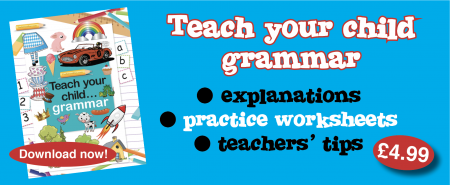
7. The opposites game
Help your child understand antonyms (opposites) by calling out words like hot, big, slow, easy and getting him to shout out the opposite. Alternatively, get your child to shout words that mean the same as the ones you’re calling out (synonyms).
8. Three-course sentences
‘A good analogy to help children with sentence construction is to think of sentences in terms of eating out,’ says John. For example:
- Main course: a simple sentence with a subject and a verb
- Starter + main course: include a starter phrase, such as ‘yesterday’ or ‘one day’
- Main course + dessert: include a link word (a conjunction or connective like ‘then’ or ‘because’) or strong punctuation, like a semi-colon or colon
Your child can then build up sentences with starter, main course and dessert, and so on…
9. Silly sentence makers
Appeal to your child’s silly side by encouraging him to make up funny sentences which still make grammatical sense. Write a selection of subjects, verbs, adjectives, adverbs, connectives etc on individual flashcards and get your child to compose crazy sentences, such as, ‘The hairy baby rode to the moon on a purple banana.’
10. Tense tents
To help your child understand verb tenses, draw some ‘tense tents’ on pieces of paper. Write down some verbs in their various tenses – present (e.g. play), past (played), future (will play), future continuous (will be playing) and so on – and get your child to move the verbs into the correct tent.
11. Take control over sentences
‘A good activity for older children is to challenge them to write sentences of at least 25 words that only contain one verb,’ suggests Geoff. ‘This exercise helps them to understand how to control a sentence, rather than overcomplicating it.’
12. Dictionary corner
‘Learning to use a dictionary is an important part of mastering grammar,’ says Sara. Build familiarity with the dictionary by playing games with it: for younger children, write down a mixture of correctly and wrongly spelled words (‘toothbrush’ and ‘toofbrush’) and get them to find the right spelling, or challenge an older child by calling out unfamiliar words and timing how long it takes him to find the definition.
13. Use online resources and games
There’s a wealth of interactive games that can make grammar fun. Try:
- The British Council’s grammar games
- BBC Bitesize Grammar and the BBC Bitesize interactive game Crystal Explorers: children need to use their knowledge of grammar, punctuation and spelling to unlock challenges and solve fiendish puzzles
- Best grammar and punctuation apps for children
- SPaG Monsters is an online game which focuses on core literacy skills (free trial followed by paid subscription).
- TheSchoolRun's grammar worksheets
- Great Grammar Games, a 100-page learning pack for TheSchoolRun subscribers
To brush up on your own knowledge of grammatical terminology read more articles about grammar for primary-school children or look through our literacy glossary:
- What is an adjective?
- What is an adverb?
- What are connectives?
- What are prepositions?
- What is a clause?
- What are simple, compound and complex sentences?
- What are direct and indirect speech?
